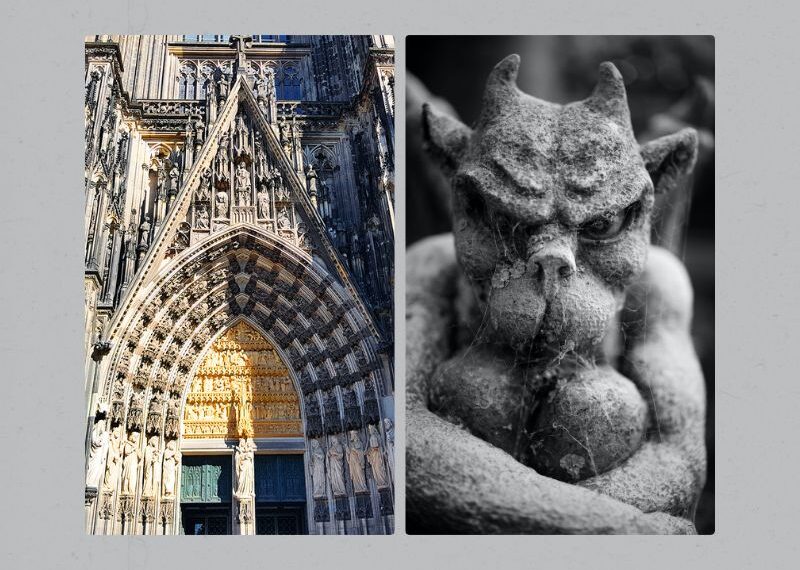- Tourist information
- Map
- What is the city of Donauwörth known for?
- Who was Käthe Kruse and what was her contribution to the world of dolls?
- What is the history of the Käthe Kruse Puppen Museum?
- What types of dolls and exhibits can be found in the museum?
- How did Käthe Kruse influence the world of dolls?
Tourist information
| Type | Museum |
| Getting there | Train: Direct from Munich, Nuremberg, Stuttgart, Ulm, Regensburg. By car: B16; B2; B25 (Romantic Road); A8 (Augsburg); A7 (Gunzburg) |
| Visiting hours | May – September: Tuesday – Sunday, 11:00 – 18:00 October – April: Thursday – Sunday, 14:00 – 17:00 25.12. – 06.01: Every day, 14:00 – 17:00 open on bank holidays except Good Friday and Christmas Eve |
| Tickets | Adults – €2.50 Children under 6 years old – Free Children, students, disabled people – €1.50 Seniors and groups (minimum 10 people) – €2.00/person Student groups – €1.00 Family ticket – €4.50 |
| Official Site | http://www.donauwoerth.de |
| Tourist attractions in Donauworth | Reichstrasse – The main street of the old town; Gothic Liebfrauenmünster Tanzhaus Fuggerhaus ; Reichsstadtbrunnen (fountain); Baroque church Heilig Kreuz Deutschordenshaus; Mangoldfelsen and Zaubergeigenbrunnen on the promenade; Ried Island; Archaeological Museum Haus der Stadtgeschichte; Werner-Egk-Begegnungsstätte; Museum of local history; Art gallery; |
| Location | Pflegstrase 21A, 86609, Donauworth, Bavaria, Germany, Europe |
Map
What is the city of Donauwörth known for?
Donauwörth is in the Bavaria region of Germany, located at the confluence of the Danube and Wörnitz rivers. The name of the city literally means “Mouth of the Danube” (Donau – Danube, Wörth – island or meeting place of waters). Donauworth is on the tourist route known as the Romantic Road.
Composer Werner Egk was born in Donauworth.
The city has a long history with medieval roots. It was an important commercial and cultural transit point during the Middle Ages and became part of the Holy Roman League in the 15th century.
Who was Käthe Kruse and what was her contribution to the world of dolls?
In the year 1905, at Christmas time, Käthe’s daughter Maria expressed her wish for a doll that she could care for and hug like a real child. Her father, the renowned sculptor Max Kruse, searched Berlin shops for a doll to suit his daughter’s preferences, but all he found were cold porcelain dolls. He believed that these dolls were inappropriate for his daughter and what she wanted. Consequently, he asked his wife, Käthe Kruse, to create a doll that would satisfy their daughter’s wishes. Käthe Kruse began by contemplating the doll’s features. She wanted the doll to be warm and cuddly, like a baby. She filled a soft towel with sand and put a potato in place of the head. The first doll has been created! Maria immediately fell in love with the doll, carried it, and played with it all day.
The potato, which had been used as a makeshift doll, spoiled after a while and started to smell bad. Despite this setback, Käthe Kruse persevered in perfecting her craft of doll making, creating toys for all the children in her neighborhood. Little did she know that this was just the beginning of an illustrious career and that her dolls would eventually become a worldwide sensation.
Even today, the dolls from the Donauwörth factory are made by hand. The heads are made of fabric, paper or polystyrene and hand painted. Many have wigs made of natural hair or mohair. Over the years, Käthe’s daughter and successor, Hanne Adler-Kruse, introduced new items in doll making such as velor or tercot.

What is the history of the Käthe Kruse Puppen Museum?
The museum was founded in 1991 in the city of Donauwörth in Germany. It was created to honor and preserve Käthe’s artistic legacy and to give the public an opportunity to explore the evolution of the dolls and the associated cultural influences.

What types of dolls and exhibits can be found in the museum?
In 1990, the company was sold to Andrea and Stephen Christenson, who maintain the company’s traditions. In 2013, the company was acquired by Hape Holding AG from Lucerne.
The museum has over 150 dolls, and mannequins created by Käthe Kruse (1883-1968).

How did Käthe Kruse influence the world of dolls?
Käthe Kruse revolutionized the doll industry by bringing a new level of naturalness and expressiveness to their designs. His legacy includes creating a unique aesthetic in the doll world that has continued to inspire artists and collectors.






















